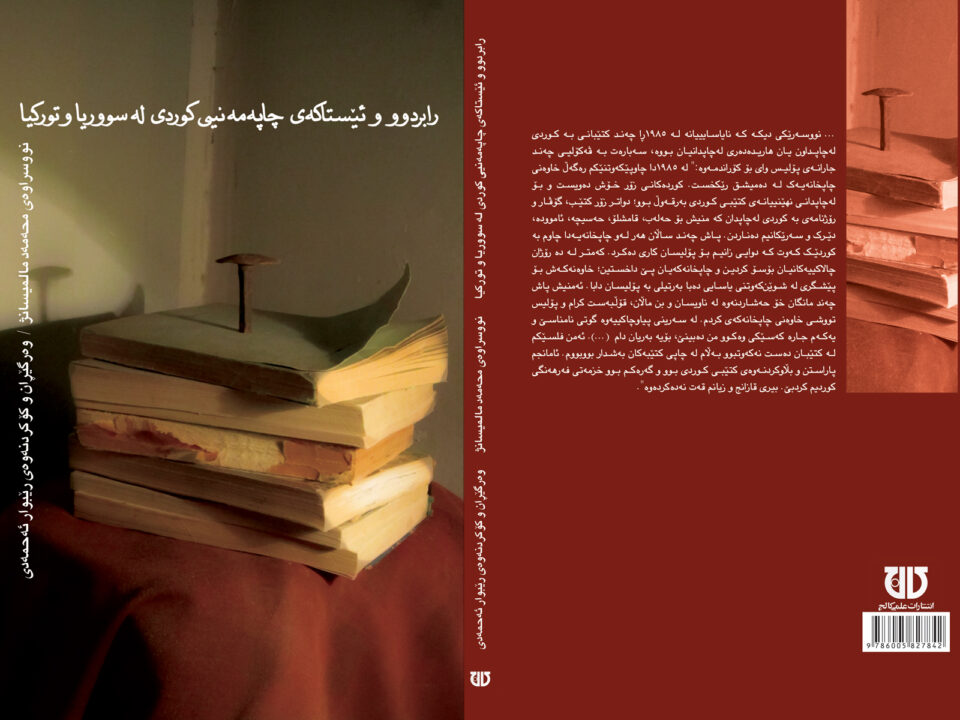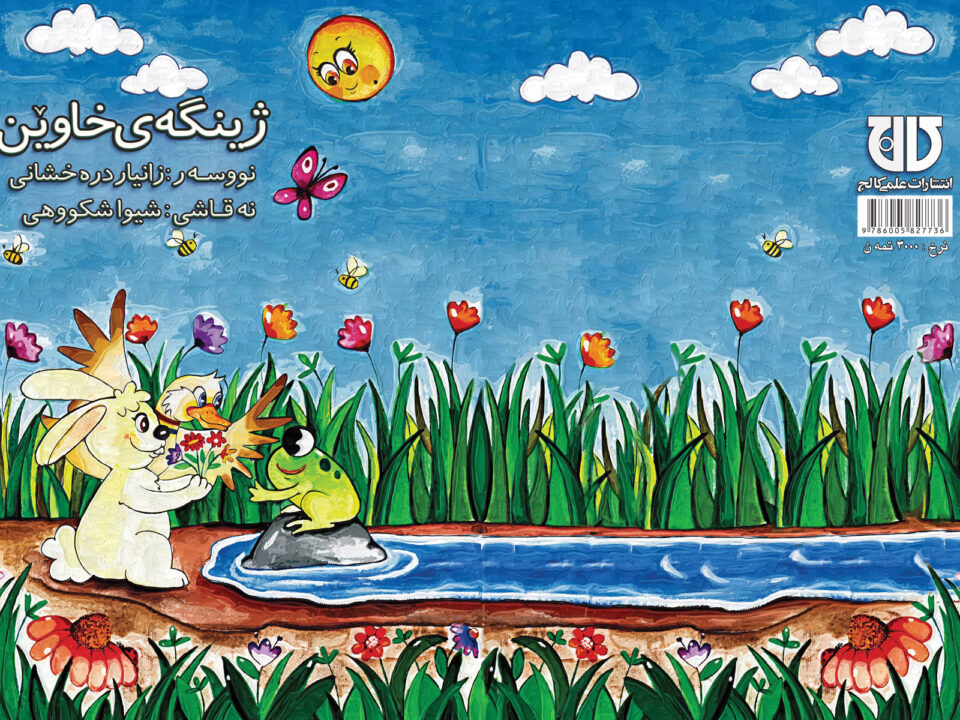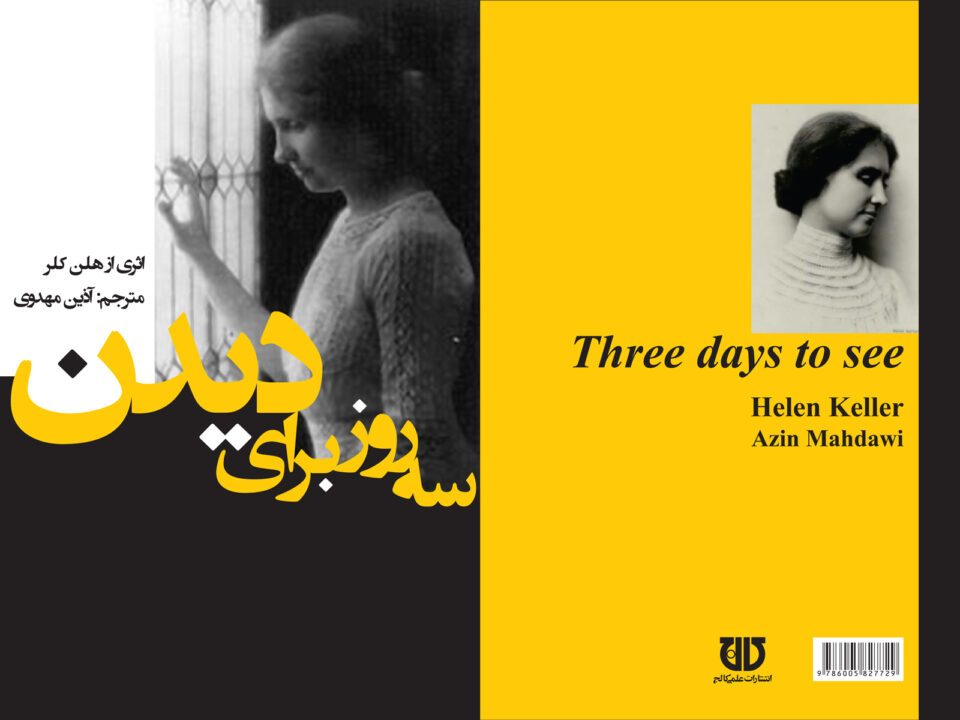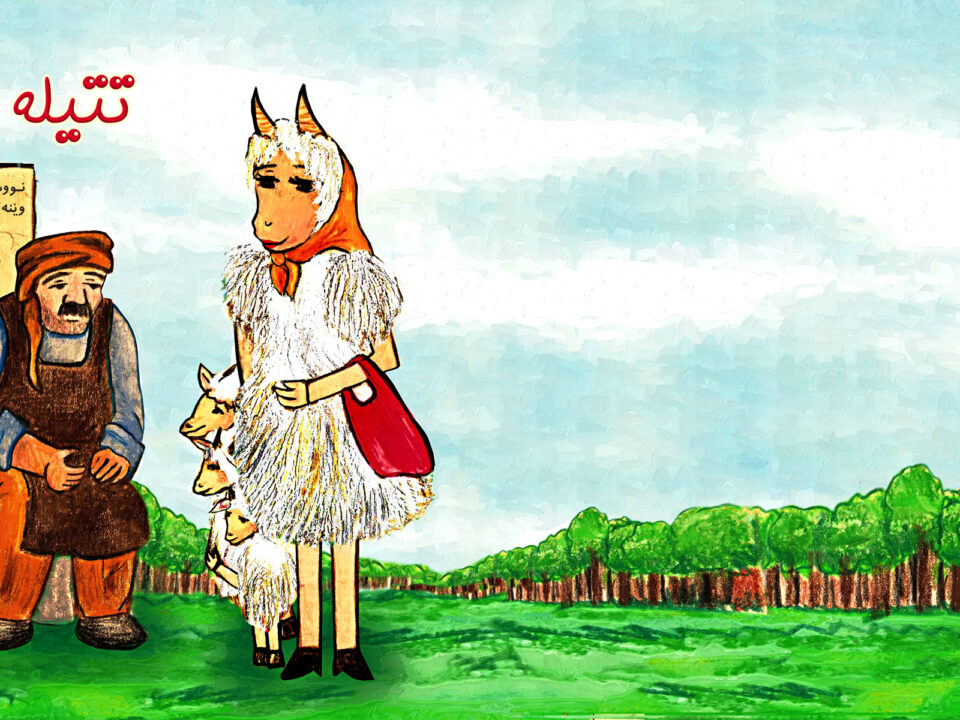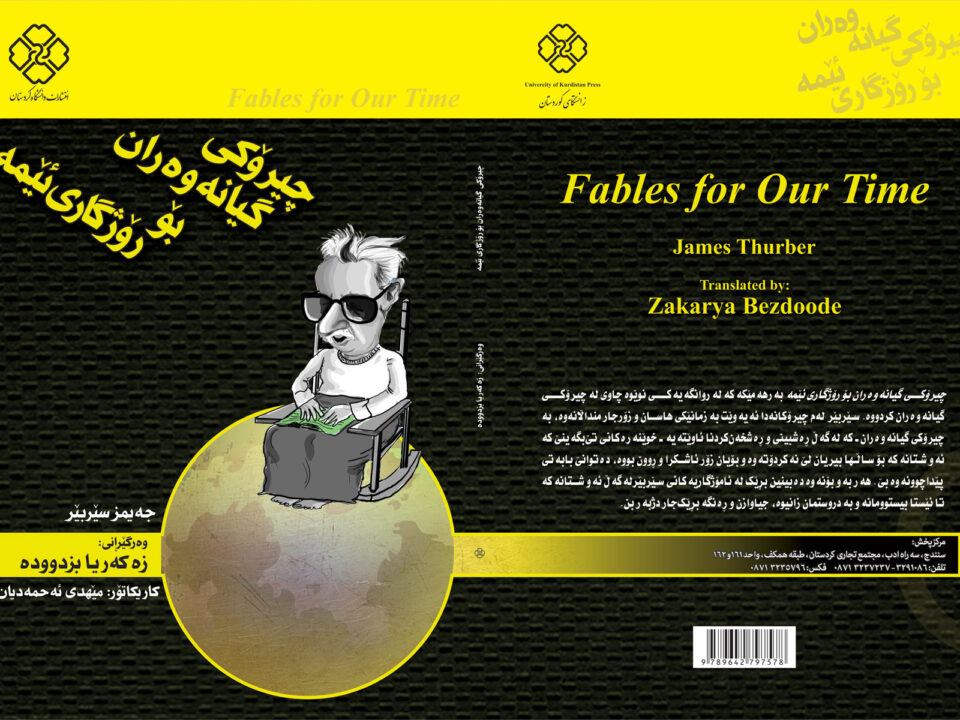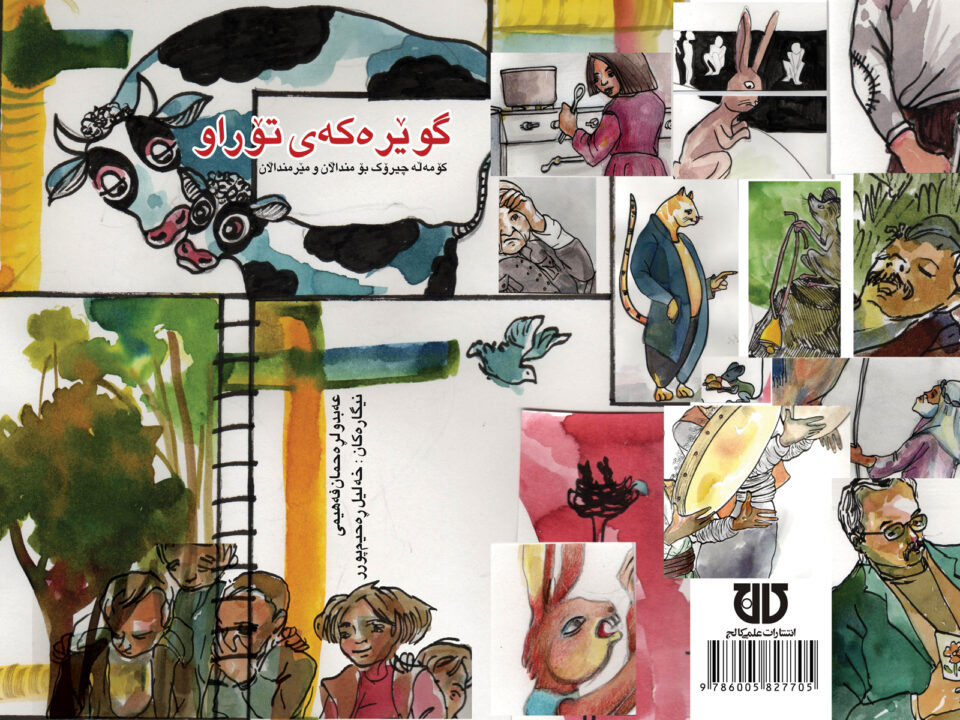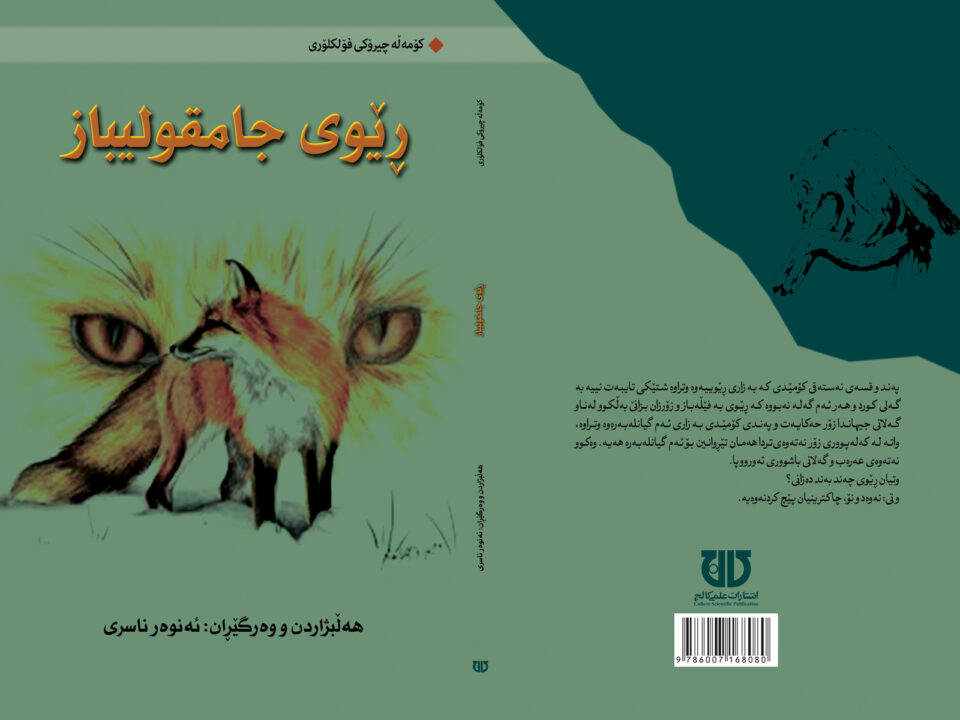Layout design for books, magazines, and newspapers is a creative and strategic process that involves organizing text, images, and graphic elements in a visually appealing, readable, and orderly manner. It requires a deep understanding of typography, grid systems, and visual hierarchy to provide an enjoyable and effective reading experience. Additionally, book cover design plays a crucial role in attracting attention and conveying the book's essence. Here, I will explain the principles and steps involved in layout design for these publications.
1. Principles of Layout Design
Effective layout design is based on principles that ensure readability, consistency, and visual appeal:
- Visual Hierarchy: Organizing elements to guide the reader’s eye in a logical flow, from headlines to body text.
- Grid System: Using a consistent grid system to create a structured and balanced layout.
- White Space: Utilizing adequate white space to enhance readability and avoid visual clutter.
- Typography: Choosing suitable fonts for headings, subheadings, and body text that align with the style and tone of the content.
- Color Harmony: Applying a harmonious color palette to create visual appeal and reinforce the publication's identity.
These principles form the foundation for creating professional and effective layouts.
2. Book Layout Design
Book layout design requires precision and organization to ensure a comfortable and engaging reading experience. The process includes:
- Choosing Book Size and Format: Determining the appropriate book size (e.g., paperback, hardcover, digital).
- Text and Image Layout: Arranging text and images in a way that maintains readability and visual interest.
- Header and Footer Design: Designing consistent headers and footers to display chapter titles, page numbers, and other information.
- Table of Contents: Structuring and designing a clear and organized table of contents.
- Chapter and Paragraph Design: Setting appropriate spacing and indentation for better readability.
A well-designed book layout ensures a pleasant reading experience while maintaining consistency and professionalism.
3. Book Cover Design
The book cover is the first point of contact with the reader and should be designed to be attractive, informative, and relevant to the content:
- Front Cover Design: Includes the book’s title, author’s name, and compelling visual elements.
- Spine Design: Displaying the book title and author’s name in a readable manner.
- Back Cover Design: Featuring a summary of the content, author bio, reviews, and ISBN barcode.
- Consistency with Theme and Genre: Choosing colors, images, and typography that align with the book’s theme (e.g., fiction, non-fiction, children’s, academic).
- Print Requirements: Ensuring correct bleed, margins, and resolution for high-quality printing.
A well-designed book cover captures the audience's attention and effectively conveys the book’s message and theme.
4. Magazine Layout Design
Magazines require dynamic and engaging layouts due to their diverse content and visual elements. Key aspects of magazine layout design include:
- Magazine Cover Design: Creating an eye-catching cover with a bold title, feature image, and key headlines.
- Editorial Page: Designing the editorial page with the table of contents and editor’s note.
- Article Layouts: Structuring headlines, subheadings, images, and paragraphs for a visually appealing flow.
- Advertisement Placement: Integrating advertisements in a balanced and non-intrusive manner.
- Color and Typography Consistency: Using a cohesive color palette and typography that aligns with the magazine’s identity.
Magazines require a balance of text and visuals to create an immersive and enjoyable reading experience.
5. Newspaper Layout Design
Newspaper layout design focuses on clarity, organization, and quick information delivery. Key considerations include:
- Newspaper Header Design: Designing a bold and readable header with the newspaper's logo and title.
- News Layout and Structure: Organizing news articles by importance, with the most significant stories at the top.
- Columns and Text Flow: Using narrow columns for better readability and smooth text flow.
- Headline Design: Creating bold and impactful headlines to capture attention.
- Image Placement and Captions: Strategically placing news images with clear and descriptive captions.
- Advertisement Integration: Placing ads in a balanced manner, maintaining harmony with editorial content.
Effective newspaper layout design ensures readability, clarity, and information hierarchy, allowing readers to quickly navigate through news articles.
6. Software and Tools Used for Layout Design
For professional and creative layout design, I use industry-standard software, including:
- Adobe InDesign: The primary tool for designing complex layouts for books, magazines, and newspapers.
- CorelDRAW: For vector illustrations and layout adjustments.
- Adobe Illustrator: For creating book covers and graphic elements.
- Adobe Photoshop: For photo editing and preparing images.
- Acrobat Pro: For preparing and delivering high-quality print-ready PDFs.
These tools allow me to efficiently create polished and professional publications.
7. Printing and Digital Publishing
Once the layout design is complete, the next step is preparing the files for printing or digital publishing:
- Print Preparation: Ensuring correct bleed, crop marks, and color settings (CMYK) for high-quality printing.
- Digital Publishing: Exporting files in digital formats (e.g., PDF, ePub) for online distribution.
- Quality Check and Proofing: Conducting thorough proofing to check for typos, layout issues, and color accuracy.
This guarantees consistent quality and professional presentation across all publishing platforms.
8. Importance and Benefits of Professional Layout Design
Professional layout design enhances readability, engagement, and impact, leading to:
- Improved Reader Experience: Ensuring a comfortable and enjoyable reading experience.
- Clear Information Hierarchy: Guiding readers through content in a logical and intuitive order.
- Consistent Brand Identity: Reinforcing the brand’s identity with consistent use of visual elements.
- Emotional Impact and Storytelling: Using imagery, typography, and layout to create an emotional connection.
With strategic layout design, publications can communicate more effectively and leave a lasting impression on readers.
9. Conclusion
Layout design for books, magazines, and newspapers is both an art and a science, requiring creativity, strategic thinking, and technical expertise. By following these structured processes, I create visually appealing and well-organized publications that effectively communicate the content and resonate with the audience.

